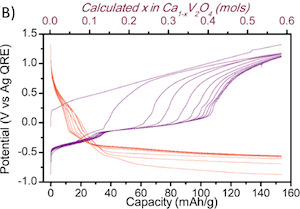Our group received support from The Welch Foundation for a research project titled “Exploring Links between Vibrational and Configurational Entropies in Complex Oxides via First-Principles and Machine Learning.” This is a significant achievement, particularly during these uncertain times for federal funding.
The Welch Foundation supports fundamental chemical research at educational institutions within the state of Texas. A research grant provides a minimum of $100,000 per year in funding to support research in chemistry by a full-time regular faculty member with tenure or on tenure-track who serves as principal investigator. Applications are restricted to universities, colleges, or other educational institutions located within the state of Texas and also listed as an educational institution by the Texas Higher Education Coordinating Board.







